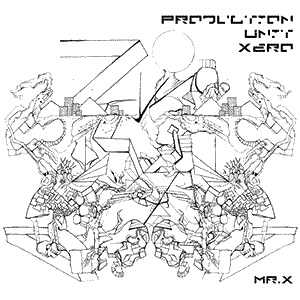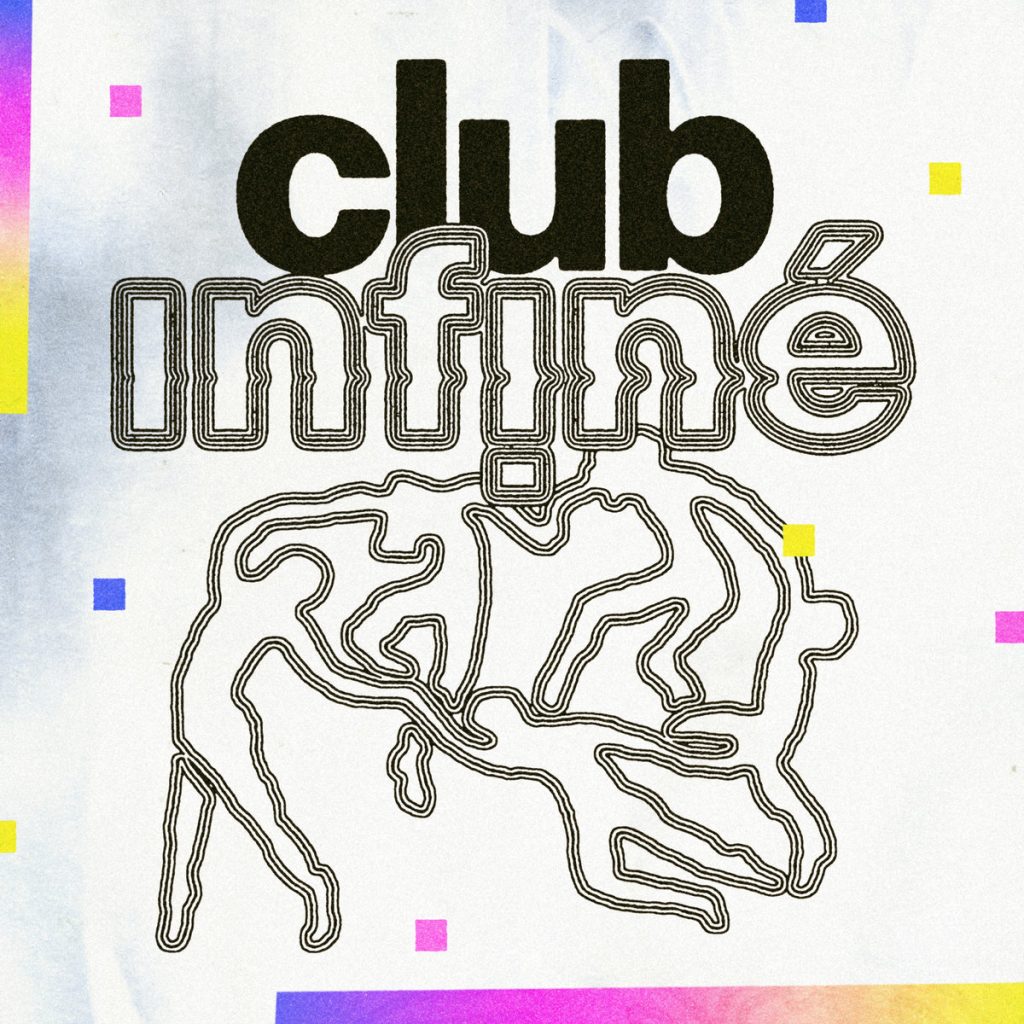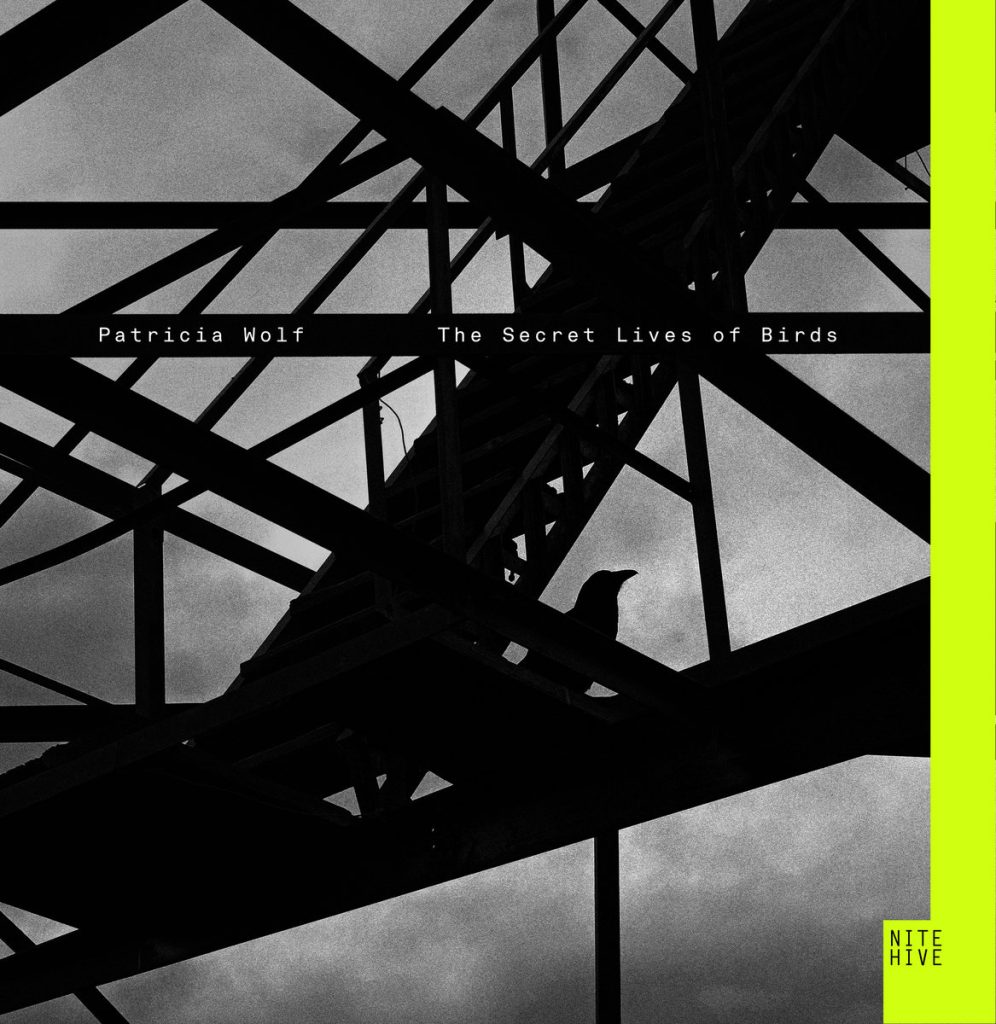What is Psytrance?
Psytrance: The Vibrant Pulse of the Global Dance Floor
Psytrance, or psychedelic trance, has evolved from its nascent underground roots into a dominant force in the electronic music scene, characterized by its high-energy beats, complex layered melodies, and an immersive experience that draws on a wide range of cultural influences. This genre, born from the Goa trance scenes of the late 1980s and early 1990s, has spread globally, gaining a devoted following and continuously diversifying into a spectrum of sub-genres. This exploration into psytrance will dissect its origins, key influences, and hallmark artists and albums that define its rich, dynamic essence.
Historical Origins and Cultural Influences
The story of psytrance begins on the beaches of Goa, India, where a melting pot of tourists, artists, and adventurers in the late 1980s birthed a new kind of trance music. Influenced by the psychedelic rock of the 1960s and 1970s, early electronic music, and the indigenous sounds of India and other parts of Asia, these gatherings combined music from different cultures and repurposed it with a psychedelic twist.
Early psytrance was characterized by its hypnotic rhythms and high tempo, often reaching 140-150 beats per minute. It was crafted to induce a trance-like state that could enhance the communal and mystical experiences of Goa’s all-night beach parties. As these parties grew in popularity, DJs and producers from around the world came to Goa to experience and contribute to this burgeoning scene, leading to the genre’s spread across Europe and beyond.
Musical Characteristics and Sound Design
Psytrance is known for its driving basslines and intricate, arpeggiated melodies. Synthesizers and sequencers are fundamental in crafting its sound, with artists layering multiple leads, pads, and FX to create a thick, textured sonic landscape. This genre often incorporates natural sounds and ethnically influenced samples, weaving them into its electronic tapestry to evoke a sense of the earthly and the ethereal.
A key feature of psytrance is the “build-up” and “drop” mechanics, which generate tension and release—a core aspect that energizes dance floors. Moreover, the use of spiraling melodies and textured sounds can create an almost three-dimensional soundscape, which is both immersive and mesmerizing.
Influential Artists and Albums
- Infected Mushroom: Considered pioneers in the psytrance genre, Infected Mushroom pushed the boundaries of what electronic music production could achieve. Their album “Converting Vegetarians” (2003) is a seminal work that showcases their innovative use of complex arrangements, synthesized basslines, and psychedelic sound effects.
- Astrix: Another heavyweight in the psytrance scene, Astrix (Avi Shmailov) has been instrumental in popularizing the genre worldwide. His album “Artcore” (2004) mixes dynamic rhythms with lush atmospheres, making it a classic in psytrance discography.
- Simon Posford: Often performing under the moniker Hallucinogen, Simon Posford is one of the genre’s most influential figures. His album “Twisted” (1995) remains a landmark in psytrance, noted for its innovative sound design and complex melodies.
- Vini Vici: A more recent addition to the psytrance scene, Vini Vici has been successful in bringing psytrance to mainstream dance music listeners. Their track “Great Spirit,” a collaboration with Armin van Buuren and Hilight Tribe, showcases how psytrance has integrated with other forms of electronic dance music to create powerful festival anthems.
Global Spread and Cultural Impact
From its Goa origins, psytrance has grown into a global phenomenon, with festivals and events dedicated to the genre occurring worldwide. Countries like Israel, Portugal, and Brazil have become notable hotspots, each adding their unique flavor to the psytrance sound. This global spread has not only diversified the sound of psytrance but also broadened its influence, impacting other genres of electronic music and integrating with various cultural musical elements.
Festivals like Boom in Portugal and Ozora in Hungary attract thousands of attendees from all over the world, creating a melting pot of cultures united by their love for psytrance. These gatherings are more than just music festivals; they are vibrant communities promoting values of peace, love, unity, and respect through the universal language of music.
Artistic Exploration and Sound Innovation
As technology advances, psytrance producers continue to explore new soundscapes. The use of cutting-edge synthesizers, advanced production techniques, and experimentation with different tempos and rhythms ensures that psytrance remains a dynamic and evolving genre. Producers like Ace Ventura, Electric Universe, and GMS are constantly experimenting with the sonic possibilities, keeping the genre fresh and exciting for new and old fans alike.
The journey of psytrance from the beaches of Goa to the global stage is a testament to its enduring appeal and transformative
power. The genre not only captivates with its unique sound and complex production techniques but also fosters a sense of community and shared experience that transcends cultural and geographic boundaries.
Technological Evolution in Production
The digital age has significantly shaped the production of psytrance. Digital Audio Workstations (DAWs) like Ableton Live and FL Studio offer producers an extensive array of tools and effects that enhance creativity and experimentation. Plugins such as Serum, Sylenth1, and Massive are popular among psytrance producers for their robust synthesis capabilities, enabling the creation of rich, textured sounds and intricate basslines that define the genre.
Psytrance tracks often employ advanced sound design techniques, including granular synthesis and psychoacoustic effects, which play with the listener’s perception of sound space. These techniques help in crafting those expansive atmospheres that are capable of evoking deep psychological responses from the audience.
Integration of Visuals and Performance Art
Psytrance events are not just auditory experiences; they are multimedia spectacles that integrate visuals, light shows, and sometimes performance art, creating immersive environments that enhance the musical experience. Visual artists and VJs collaborate with musicians to sync psychedelic visuals with the rhythmic beats of psytrance, thus augmenting the sensory experience and deepening the audience’s connection to the music.
Festival performances often include elaborate stage designs and interactive art installations, reflecting the genre’s ethos of creativity and communal participation. These elements make psytrance festivals a hub for artistic expression, attracting not only music lovers but also artists, designers, and performers from various disciplines.
Ethnomusicological Elements and Cultural Fusion
Psytrance continues to embrace its roots by incorporating ethnomusicological elements into its tracks. Instruments like the didgeridoo, tabla, and sitar are often sampled and woven into the fabric of psytrance music, creating a fusion of traditional and electronic sounds. This incorporation of ethnic musical elements speaks to the genre’s foundation in Goa, where diverse cultural influences converged to give birth to new musical expressions.
The genre’s ability to assimilate various cultural sounds not only enriches its auditory palette but also promotes a multicultural ethos among its community. In this way, psytrance acts as a cultural bridge, bringing together people from different backgrounds to celebrate and share their heritage through music.
Educational and Therapeutic Applications
Interestingly, the repetitive and rhythmic nature of psytrance has found applications beyond entertainment. Some studies suggest that the trance-like state induced by this music can have therapeutic benefits, helping individuals achieve deep relaxation and stress relief. Additionally, the genre’s complex production techniques are increasingly studied in music technology and sound design courses, offering valuable insights into modern music production.
Future Trajectories and Innovations
As we look to the future, psytrance is poised to continue its evolution. Emerging artists in the scene are experimenting with hybrid genres, merging psytrance with elements of techno, dubstep, and even pop, creating fresh sounds that appeal to a broader audience. The ongoing experimentation and fusion within the genre suggest a vibrant future, filled with new sounds, new experiences, and new technological advances.
Psytrance remains a powerful example of how electronic music can create deep, meaningful experiences that go beyond dancing and entertainment. It is a genre that challenges our perceptions of music and culture, encouraging us to explore deeper states of consciousness and broader expressions of creativity. Through its pulsating beats and cosmic melodies, psytrance continues to be a beacon for those seeking a profound connection with music and with each other, demonstrating the enduring power and potential of sound to unite and inspire.




